Chapter 9
The Byzantines
By Boundless
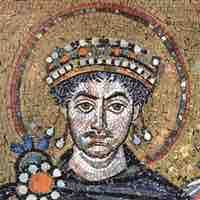
Byzantine Emperor Justinian I launched an ambitious building program to develop holy sites to restore the glory of the Roman Empire.
The Early Byzantine period witnessed the establishment of strict guidelines in the production of icons.
In the Byzantine period, a building's interior decoration often took the form of mosaic "paintings" but with an added sense of spiritual drama that ordinary paintings could not convey.
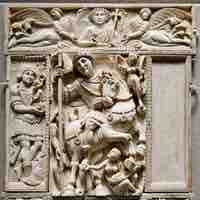
Carved ivory relief sculptures were central features of Early Byzantine art.

Architecture and mosaic decoration thrived during the Middle Byzantine period following Iconoclasm's stifling of the arts.
Personal objects (psalters and triptychs), reliquaries, and icons were popular objects of worship during the Middle Byzantine period.
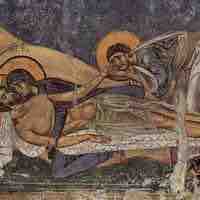
Paintings were popular materials for representing stories and to guide devotion during the Middle Byzantine period.
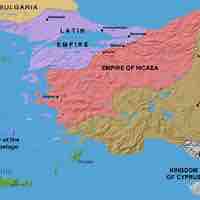
Late Byzantine Art began following the sack of Constantinople in 1204 and continued until the fall of Byzantium in 1453.
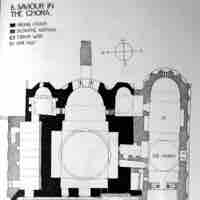
The Chora Church is decorated with iconic murals and mosaics from the fourteenth century that represent the Late Byzantine artistic styles.
Andrei Rublev is considered the foremost fifteenth century Russian icon painter and the master behind the Old Testament Trinity.
As Late Byzantine painting became more naturalistic, bodies gained mass and figures portrayed humanity with emotion and movement; these developments and traditions continued into the Post-Byzantine age.
- The Romans
- The Republic
- The Early Empire
- The Nervan-Antonines
- The Decline of the Roman Empire
- Early Byzantine Art
- Middle Byzantine Art
- Late Byzantine Art
- Introduction to Islamic Art